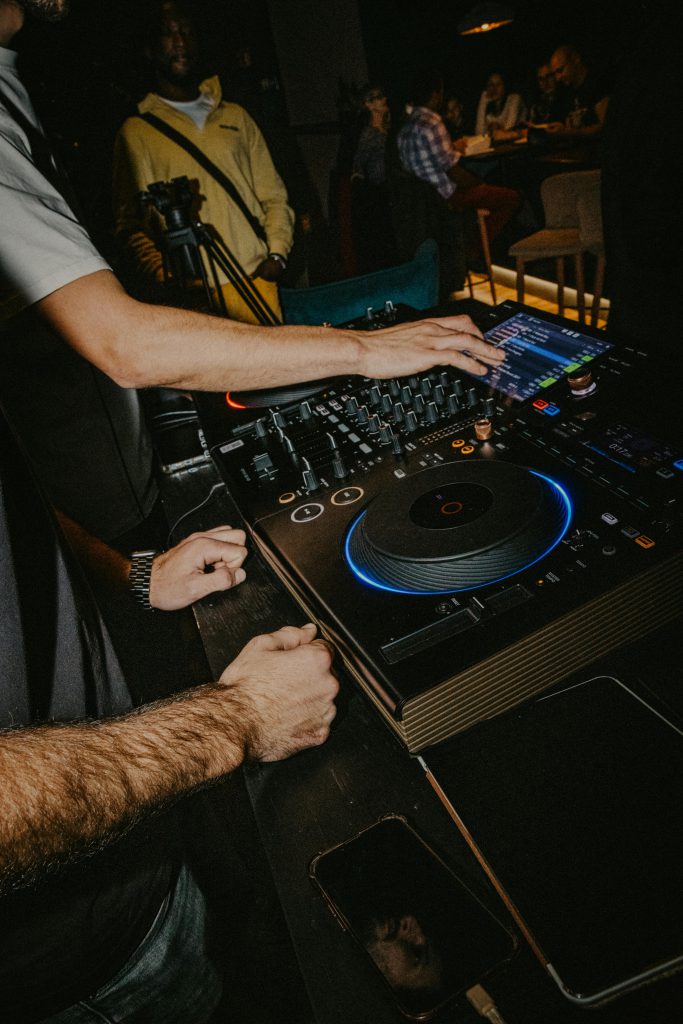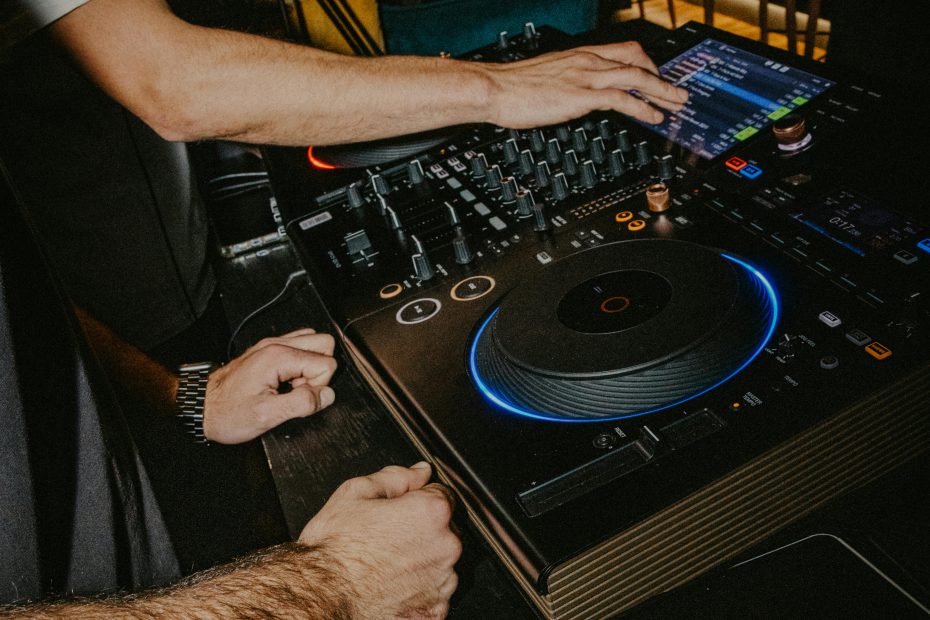In the world of audio gear, custom faceplates are an essential aspect for both aesthetic and functional purposes. A custom faceplate not only allows users to personalize their equipment but can also improve usability by enhancing the layout and functionality of various controls. Whether you’re building your own audio equipment or simply looking to upgrade your current gear, understanding the process of designing and sourcing custom faceplates is crucial for achieving a polished and professional look.
This article will guide you through the process of choosing and sourcing custom faceplates for your audio gear, focusing on design, material selection, and where to find the best vendors for high-quality, durable solutions.

Why Custom Faceplates Matter in Audio Equipment
Personalization and Aesthetics
One of the primary reasons to invest in custom faceplates for your audio gear is for personalization. Standard faceplates often look generic and can detract from the visual appeal of your setup. Custom faceplates allow you to choose colors, finishes, and even logos or designs that represent your style or brand. This is particularly important for professional audio gear manufacturers or home audio enthusiasts who want their equipment to stand out.
A custom faceplate can dramatically transform the appearance of a device, giving it a more professional, sleek, or vintage aesthetic. Whether you’re going for a minimalist design or a more intricate layout, the ability to modify the faceplate to fit your vision adds a personal touch that can’t be achieved with off-the-shelf components.
Functional Benefits of Custom Faceplates
Beyond aesthetics, custom faceplates can improve the functionality of your audio equipment. By designing the layout of knobs, switches, and other controls, you can ensure they are positioned in a way that enhances ergonomics and user experience. For example, if you’re building a mixing console or a PA system, the arrangement of the faceplate can make accessing certain controls quicker and more intuitive, saving you valuable time during live performances or recording sessions.
Custom faceplates also provide an opportunity to add additional features or controls that may not be available on standard models. You can integrate new buttons, ports, or even screen cutouts for digital displays, making your equipment more versatile and tailored to your needs.
Key Factors to Consider When Designing Custom Faceplates
Material Selection for Durability and Aesthetics
The material you choose for your custom faceplate plays a critical role in its durability and overall appearance. Some of the most common materials used for audio gear faceplates include:
Aluminum: A lightweight, durable, and highly customizable material. Aluminum is an excellent choice for audio equipment that needs to withstand frequent handling while maintaining a professional, sleek look.
Stainless Steel: Known for its robustness and resistance to corrosion, stainless steel offers a premium, industrial look, often used for high-end audio gear.
Plastic (Acrylic or ABS): A more affordable option that still provides flexibility for customization. Acrylic faceplates can be laser-cut for precise details, making them ideal for more intricate designs.
Wood: For those seeking a vintage or rustic look, wooden faceplates offer a unique, stylish option, often used in high-end home audio systems.
Selecting the right material depends on your audio gear’s purpose, whether it’s built for live performances, studio use, or home audio systems. Consider both the visual impact and the functional durability when choosing the material for your custom faceplate.
Design Considerations
When designing a custom faceplate, it’s important to consider both the aesthetic and functional elements of the design. Here are some tips for ensuring your faceplate meets both criteria:
Simplicity vs. Complexity: While intricate designs may look appealing, sometimes a simple and clean layout works best for functionality. Avoid overcrowding the faceplate with too many controls or overly complex visuals.
Labeling and Engraving: Make sure that labels for switches, knobs, and ports are clear and easy to read. Consider engraving or laser etching for precise, durable labeling.
Ergonomics: Ensure that buttons and controls are placed within easy reach for the user. This is especially important for live sound engineers who need quick access to specific controls during performances.
Where to Find the Best Vendors for Custom Faceplates
Online Custom Faceplate Manufacturers
Several companies specialize in custom faceplates for audio gear, offering a range of services from simple engraving to fully bespoke designs. Here are some well-known vendors who provide high-quality custom faceplates:
Front Panel Express: Known for their precision laser cutting and engraving services, Front Panel Express allows you to design your custom faceplates using their easy-to-use online tool. They offer a wide range of materials and finishes, including aluminum, stainless steel, and plastic.
Protocase: Specializing in custom enclosures and faceplates, Protocase offers personalized service to meet the exact specifications of your project. They can help with everything from design to delivery, ensuring your faceplate is tailored to your audio gear’s requirements.
DIY Audio Kits: Some DIY audio kit vendors offer customizable faceplates as part of their product range. This can be an excellent option if you’re building or upgrading your own audio equipment from scratch.
These vendors provide a wide range of customization options, from material choice to engraving and finishes. If you’re looking for a high-quality, durable, and personalized custom faceplate, exploring these companies will give you plenty of options.
Local Fabricators and Custom Shops
If you prefer a more hands-on approach or need assistance with the design process, local fabricators or custom metal shops may be a good option. Many fabricators specialize in creating bespoke items for clients and can help you with everything from material selection to layout design.
Working with a local shop allows for more direct communication and the opportunity to see and feel material samples before committing to a design. It also supports local businesses, which can be a rewarding experience for those looking to invest in unique audio gear.
Creating the Perfect Custom Faceplate for Your Audio Gear
Incorporating custom faceplates into your audio gear offers both aesthetic and functional benefits. From improving ergonomics and accessibility to enhancing the overall appearance of your equipment, custom faceplates provide a unique opportunity for personalization and optimization.
Whether you’re an audio enthusiast, a professional, or a DIY builder, understanding the process of selecting materials, designing layouts, and sourcing quality vendors will help ensure that your custom faceplate is the perfect fit for your audio gear. Take the time to explore different options and make sure your design enhances both the look and performance of your equipment.
